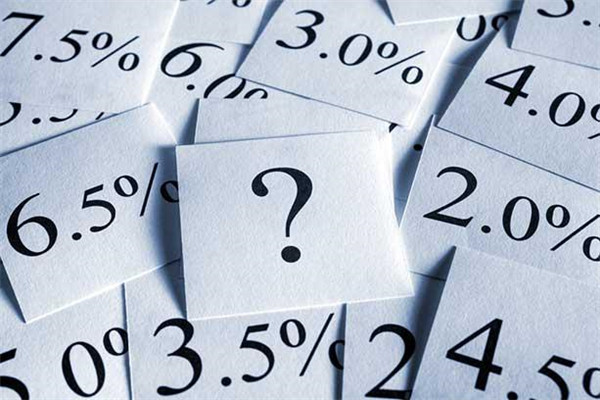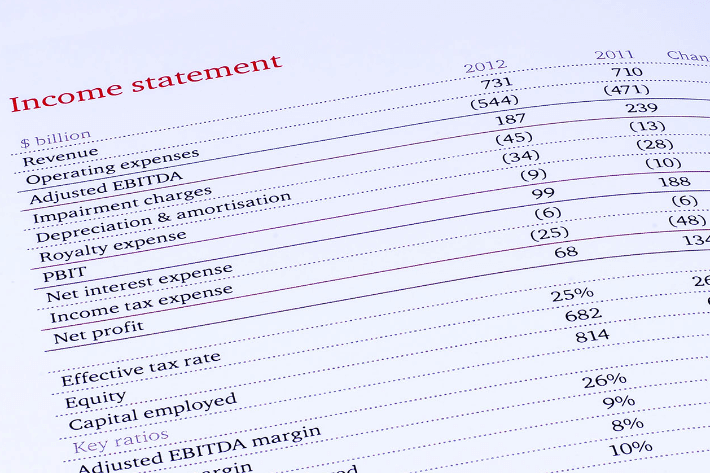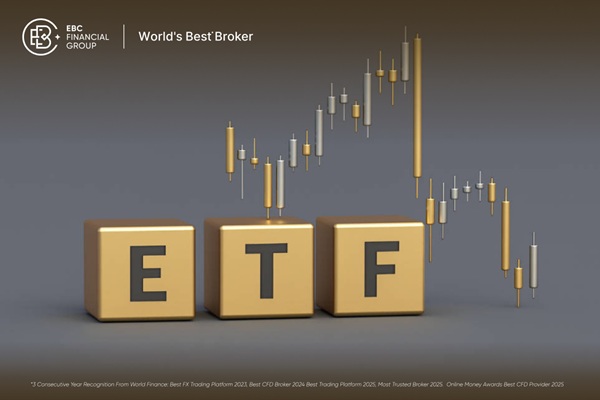Forex margin trading is one of the most popular investment methods
in the current market and is also considered a promising financial investment
method in the industry. Before making investments, we need to
first understand the operational process of the forex margin
business.

The operation process of a forex margin business generally
includes two aspects: the transaction operation process and the internal control
process.
1: Transaction operation process
According to different operating objects, it can be divided into customer
transaction operation processes and transaction leveling operation processes of
operating institutions represented by banks. Among them, the customer
transaction process includes operations such as opening an account, depositing
funds, trading, withdrawing funds, and closing accounts.
At present, domestic investors in forex margin trading can open
trading accounts through forex brokers and Hong Kong traders in
China.
1. Provide relevant information.
Investors need to provide relevant information by filling out the "Account
Opening Application Form" provided by forex operating institutions,
which is equivalent to opening a stock account at a Securities company. The main
content and required materials of the "Account Opening Application Form" for
various forex operating institutions are roughly the same, but there
are differences in certain details.
The "Account Opening Application Form" generally includes risk warnings,
privacy policy notices, foreign customer notices, forex customer
agreements, and account application forms. The account application represents
the part of the form that the customer needs to fill out when opening an
account, mainly including basic information, customer signing agreements,
etc.
(1) Basic account information Basic account information mainly includes
account type (personal account, joint account, company account, etc.), e-mail
address, account security issues, basic personal information of the account
owner (name, gender, nationality, date of birth, ID card number, marital status,
etc.), address, investment experience, education, etc.
(2) Work and financial situation This mainly includes the current employment
situation and financial status of the account owner (annual income, net assets,
and Liquid Assets).
(3) Personal information and company account opening information of joint
account holders This section is the personal information of the joint account
holders and the public information of the company, and for most people, it will
not be involved.
(4) Signature section By signing on the signature page, the account holder
agrees to sign the document, and it also means that the customer has confirmed
that the information provided is complete and accurate.
In addition to the account application form, the account holder also needs to
provide proof of identity, proof of address, bank card information, etc.
2. Account opening process
The process of opening accounts for each broker is roughly the same.
Firstly, the customer needs to submit all the necessary documents for opening
an account and send them to the forex broker for verification.
Forex brokers open customer trading accounts and notify customers
of their trading accounts and passwords by email.
Based on the obtained Trading Account information, the customer utilizes the
fund transfer channel provided by the forex broker to transfer the
trading funds from the affiliated fund account to the designated margin trading
account at an initial deposit amount not less than the specified amount by the
forex broker;
Customers can use various trading platforms and methods provided by forex brokers, such as online trading, mobile trading, and telephone
ordering, to conduct real-time or listed trading operations such as long or
short trading based on the verified transaction funds;
Correspondingly to a deposit, when the customer does not trade or has the
need to use funds, the customer can choose to withdraw funds, that is, transfer
funds from the margin trading account to the associated fund account. At this
point, the customer's transferable account balance not only includes the profit
and loss amount after the closing of the trading position but also includes
dividends and overnight interest spreads derived from the trading process.
Regardless of whether it is a deposit or withdrawal operation, based on fund
security considerations, trading accounts and available fund accounts must be
strictly distinguished and used independently.
When a customer stops margin trading, they can choose to close and cancel
their margin account. To perform this operation, the customer is required to
close all trading positions and first fully discharge the amount in the trading
account, i.e., close the account with a zero amount. Its operation is similar to
clearing all necessary funds, including principal and interest, when we close an
account at the bank.
2. Internal control process
In forex margin trading, investors only need to pay a certain
amount of margin to trade tens or even hundreds of times, fully reflecting their
small and extensive leverage effect, allowing those investors with small amounts
of funds to participate in forex trading in the financial market. But
precisely because of this high leverage, it also has a high level of risk. In
order to control their business risks, forex brokers need to rely on
powerful system platforms and strict internal operational management to monitor
customer trading exposure from reviewing their admission qualifications. By
adopting measures such as setting margin warning ratios and mandatory stop loss
measures, they can control customer trading operations, avoid risk losses in
their fund accounts, and ensure the smooth operation of forex
brokerage business.
1. Set margin warning ratio
Forex margin ratio=net value/used margin
Among them: Net value=account balance+floating profit and loss
Account balance=Account balance since the last liquidation
Used margin=the total amount of margin held for closing positions
Available margin=net value - used margin
Operation process of forex margin business
When the investor's margin ratio drops to the margin warning ratio specified
by the operating institution, the control system issues a margin increase
warning to the customer, notifying them to timely add margin according to
trading needs.
2. Mandatory stop-loss
When the customer's margin ratio reaches or is less than the stop loss ratio
specified by the forex broker, the forex broker shall
forcibly close the customer's position based on the content of the agreement
signed with the customer, that is, at real-time prices, close the customer's
position one by one according to the size of the customer's transaction loss,
until the customer's margin adequacy ratio reaches the ratio specified by the
forex broker.
The purpose of the above operations is to remind customers to pay attention
to the risk of trading losses and strictly control losses within a certain
range.
Of course, the internal operations of operating institutions also include
accounting processing processes such as calculating interest on customers'
positions after opening, calculating dividends, and balancing and clearing.



























